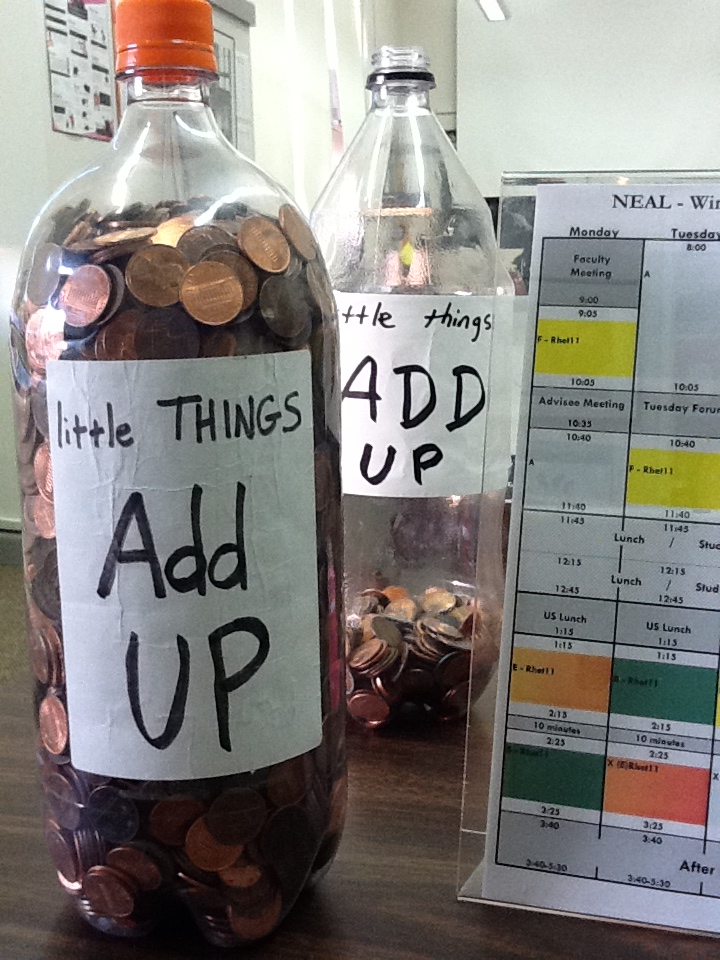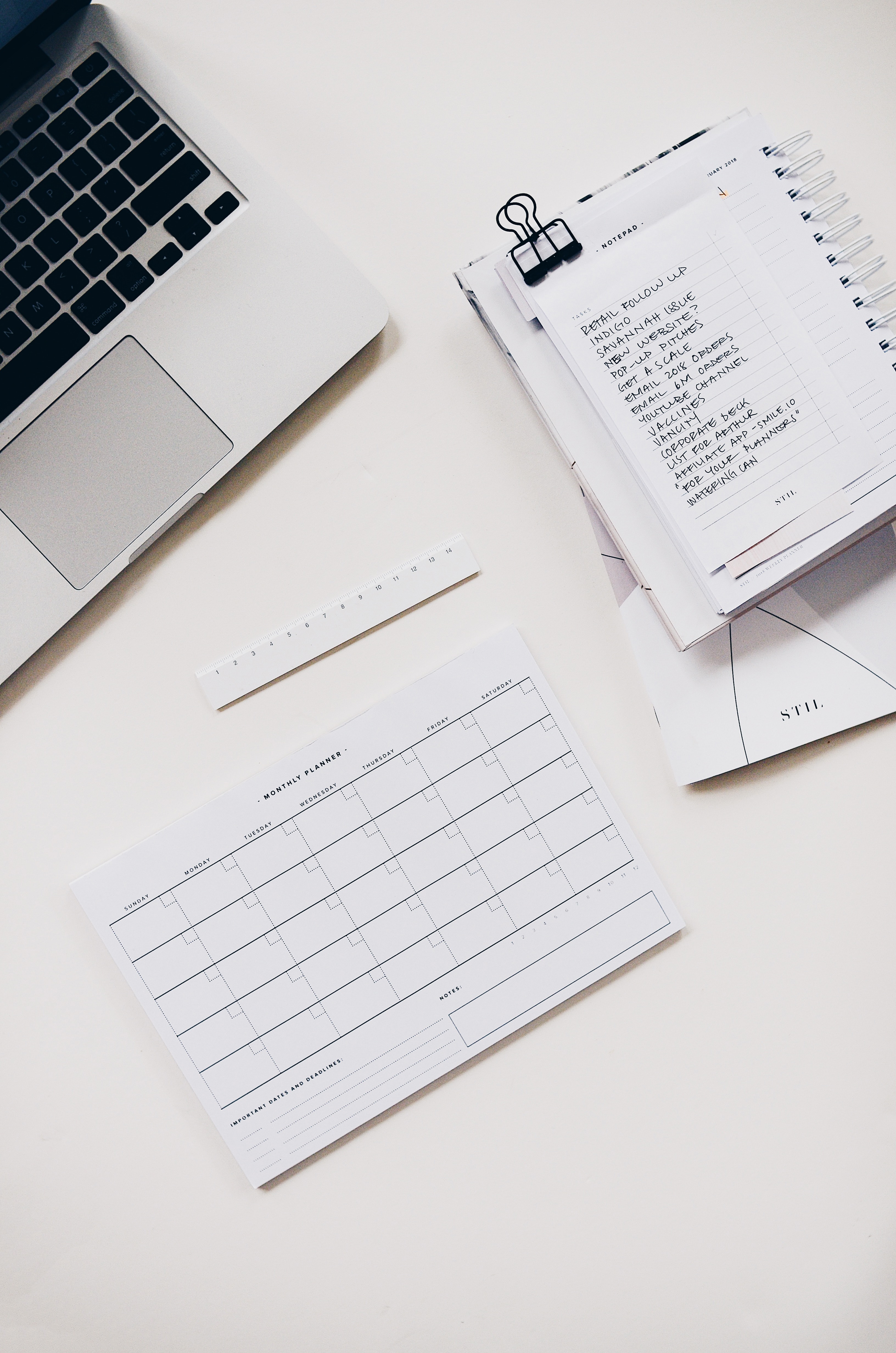How To Effectively Track Your Expenses
Every one agrees regular expense tracking is a key component to staying on top of your finances. In this post, I recommended expense tracking as a starting point to creating a budget, because a budget should be based on what you actually spend money on, not what you think you spend on, or what you believe you should be spending on. With time, I’ve come to realize that it helps to not only track your expenses before making a budget, but to make it a continuous exercise even after you have a budget in place. It is most enlightening, and with time fun. If expense tracking is a life long exercise, we need to look at ways to make this as simple and as painless as possible.
1. Keep it simple: The more complex your tracking system is, the greater the likelihood that you will not use it. At least not for long. Keep the categories as few and as broad as possible, without compromising on the level of detail you require. I usually recommend the same when budgeting; while a company may require a 40 line budget, a home budget only requires about 10 to 15 line items. It is advisable to lump together similar items in the beginning, then keep refining the categories as you go along, and when expense tracking becomes a habit.
This month for example, I’m tracking the following five categories (my budget has 12 line items, but 7 of them are constant each month):
- Fuel
- Baby
- House shopping (both consumables and groceries)
- Pocket money
- Utilities
If at the end of the month I find that I am spending a bit too much on Java lunches for example, and I want to track this separately I could add a category (or a sub category under pocket money), called: Eating Out. Do not be afraid to tweak your system as you move along, you could dedicate 3 – 6 months to modifying your system until you have something that works.
2. Track what matters: Expense tracking is a highly personal process. What works for someone else may not work for you. For example, as a new mom, I am keen to track how much I’m spending on the baby, so that I can add her on my budget, and have therefore created a “baby” line item in my expense tracking worksheet. You may not want to have that, and instead may want to track daily groceries separately from house consumables. Decide what your end result should be and work towards that.
3. Make it a daily exercise: It is easier to remember, and jot down a day’s expenses, than to try recall what you have spent in a week. Some people prefer to keep an envelope with all their receipts, which they then analyze and input one a weekly, or monthly basis. This is great if it works for them, but I wouldn’t recommend it at the beginning for two reasons:
- Not all expenses are receipted, and it’s very easy to misplace some receipts. I’ve also noticed that receipts tend to get erased if they stay too long in the wallet, very peculiar.
- Letting paperwork build up is a sure way to not getting it done. For example, a while back I had a habit of doing personal filing whenever I received my weekly mail bunch. I let this slide for 3 months, I now have the most disorganized book closet, which I keep planning to tackle, but somehow never get to.
There are various tools you can use for expense tracking, I wrote about them here, ultimately pick what works for you. I currently use my phone’s notebook feature to record daily expenses, which I then input into an excel worksheet every two or three days. This is an improvement from a physical notebook which I kept losing.
What about you? Do you track your expenses? If so, how? What level of detail do you go to? What categories do you use? Have your methods changed over the years? Or do you find expense tracking just too much overkill?




